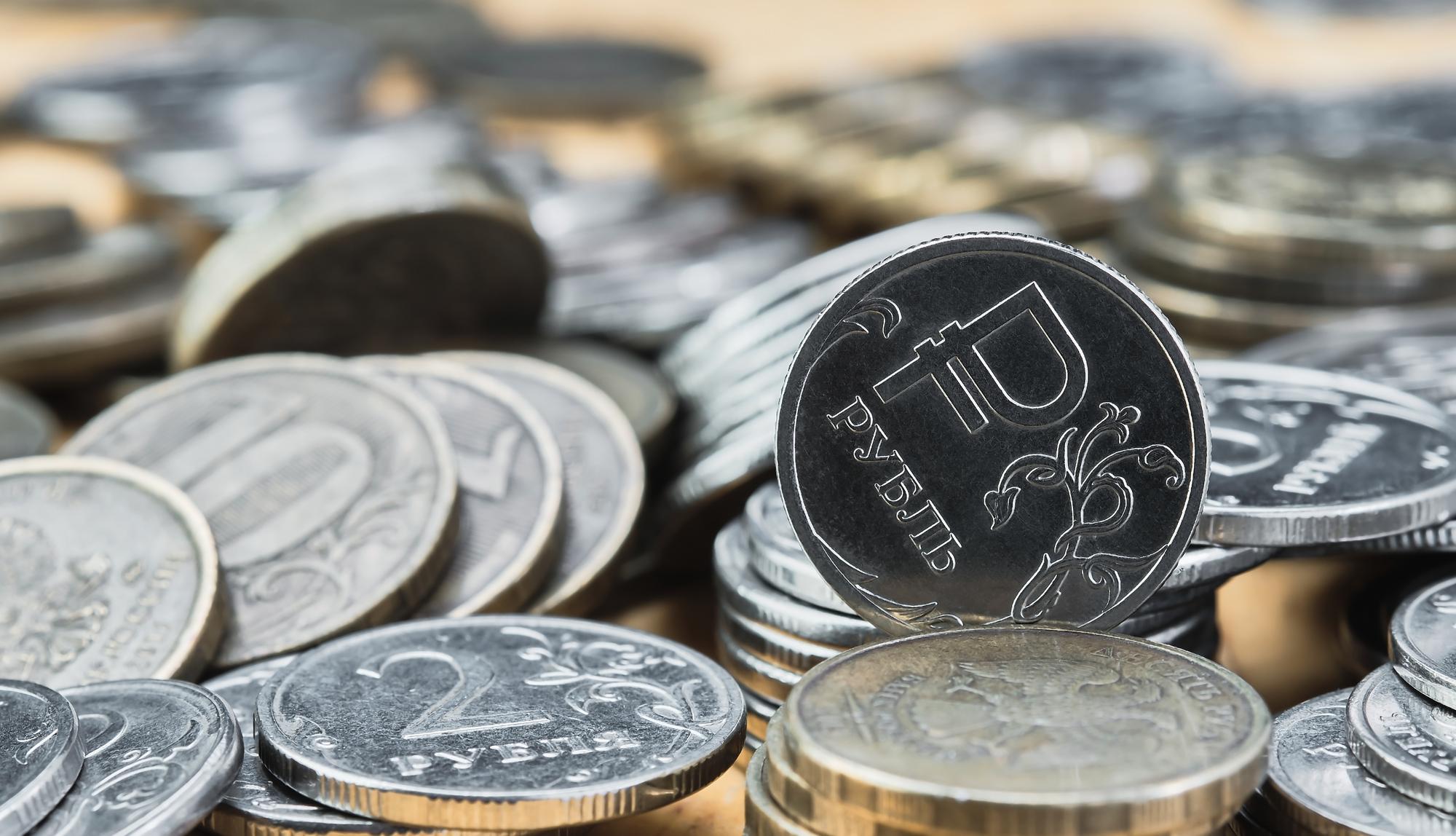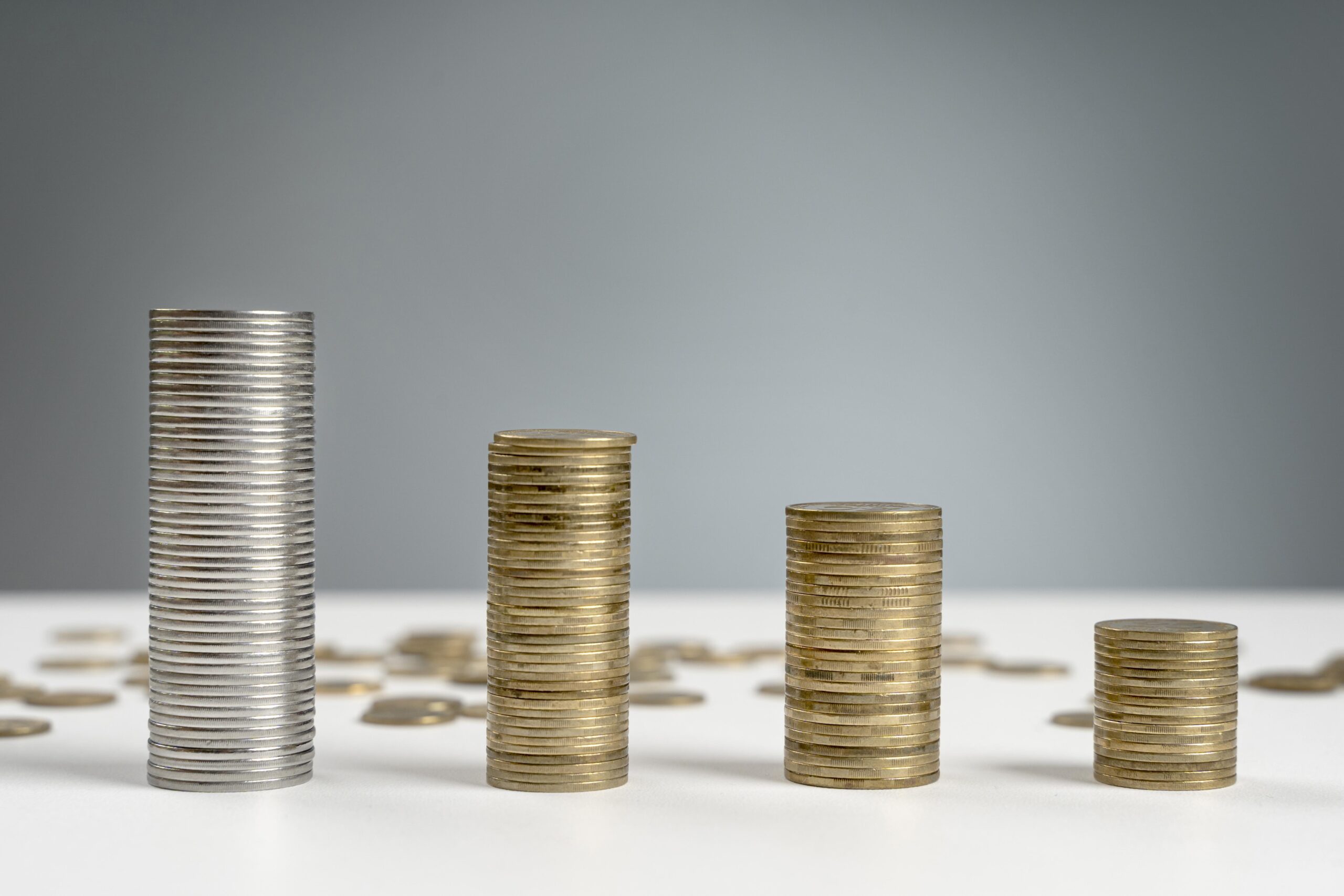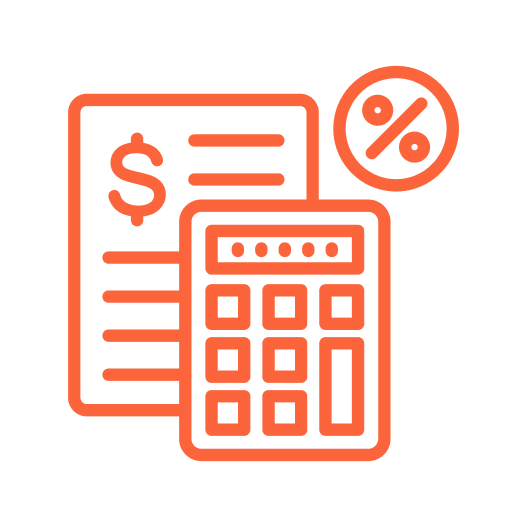Silver
- Home
- Silver

Silver: The Shining Metal of Wealth, History, and Innovation.
Silver has been a valuable metal for thousands of years, used for money, trade, jewelry, and industry. Let’s take a look at its fascinating history.
Silver demand comes from four main categories: industrial, photography, medical, and jewelry/silverware. Industrial uses account for more than half of annual demands worldwide over the last five years. This means that economic growth can affect silver prices far more than it affects gold. Only 10-15% of annual gold demand worldwide comes from industrial use, the rest going to jewelry and investment.
 Rarity & Limited Supply
Rarity & Limited Supply
Silver is a naturally occurring metal, but its supply is limited.
 Industrial & Technological
Industrial & Technological
Silver is used in electronics, solar panels, batteries, and medical equipment.
 Safe-Haven Investment
Safe-Haven Investment
Like gold, silver is a hedge against inflation and economic uncertainty.
 Store of Value
Store of Value
Silver retains its value over time and is often considered a "poor man’s gold."
 Universal Acceptance
Universal Acceptance
Silver has been used as money for thousands of years.
 Affordable Precious Metal
Affordable Precious Metal
Compared to gold, silver is more affordable, making it accessible to small investors.
Value
Why is Silver Valuable?
- Silver is a naturally occurring metal.
- Silver is consumed in industries.
- Silver has the highest electrical and thermal conductivity of any metal.
- Silver has been used as money for over 4,000 years.
- silver is cheaper, making it easier for small investors to buy.
- Silver has natural antibacterial properties.
- Silver is available in coins, bars, jewelry, and digital silver.
- The demand for silver is rising due to green energy.

Guide
Where to Invest in Gold?

Gold Bars & Coins
Gold bars and coins have been used for centuries as a reliable store of wealth. Unlike paper currency, which can lose value due to inflation, gold retains its worth over time. Investors around the world consider gold a safe-haven asset, especially during economic uncertainty.

Silver Jewelry
Compared to gold and platinum, silver is much more affordable, making it an excellent choice for those who want stylish and high-quality jewelry without a hefty price tag. Despite its lower cost, silver offers an elegant and luxurious appeal that suits all occasions.

Supply and Demand Imbalance
Silver is being rapidly consumed in industrial applications, and its supply is not being replenished at the same rate. The mining process is costly and time-consuming, which can create supply shortages in the future.

Historical Price Trends and Future Potential
Silver has reached historical highs of $50 per ounce, and when adjusted for modern inflation, it could exceed $120 per ounce. With increasing industrial demand and potential supply shortages, silver’s price is expected to rise, making it a promising investment for the future.

Market Volatility and Trading Opportunities
Silver’s lower price compared to gold makes it more volatile, leading to frequent price swings. While this can be risky, it also presents opportunities for traders looking to profit from short-term price movements.

Unique Physical Properties
Silver possesses exceptional qualities such as strength, brilliance, malleability, and ductility, making it ideal for jewelry, tableware, and fine art. It also has the highest electrical and thermal conductivity of any metal
